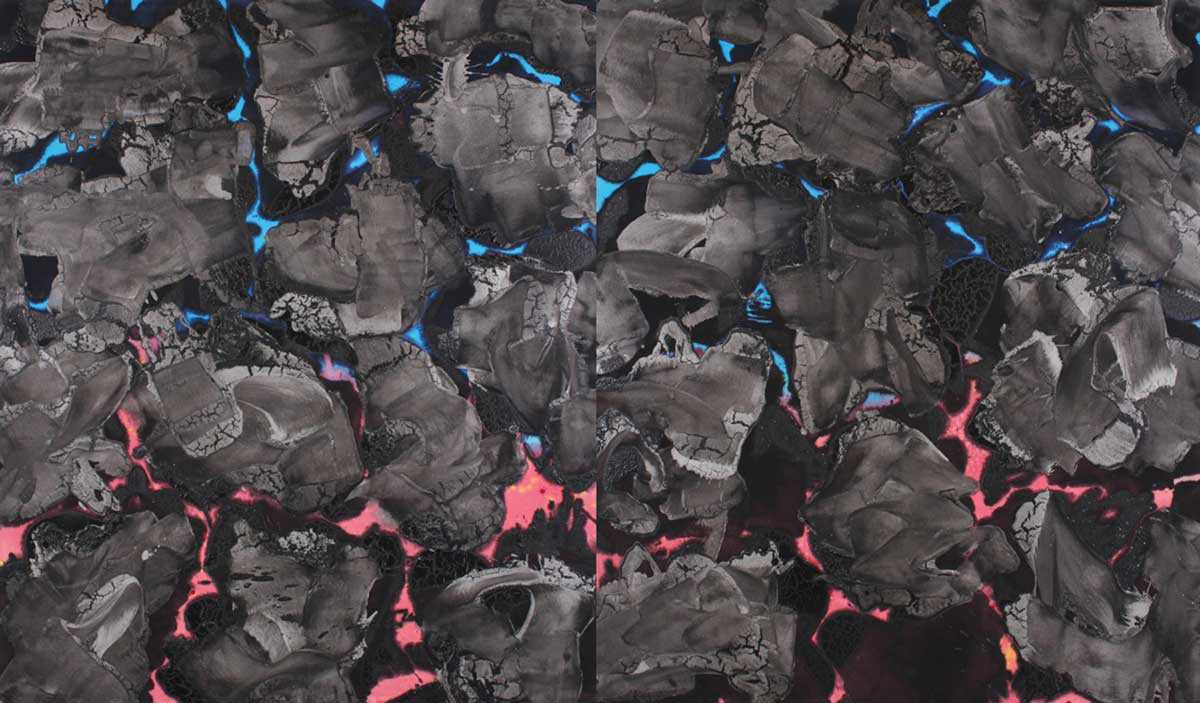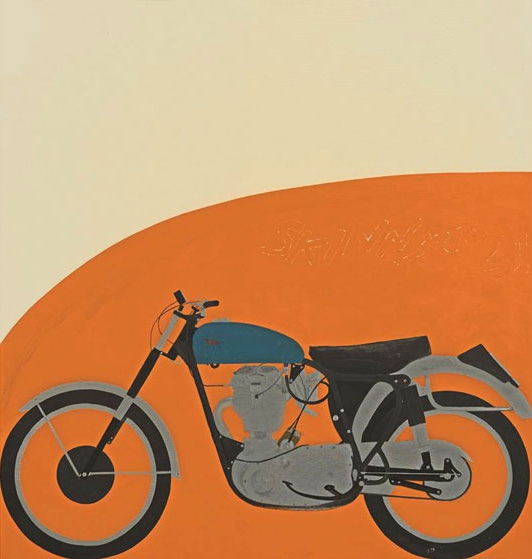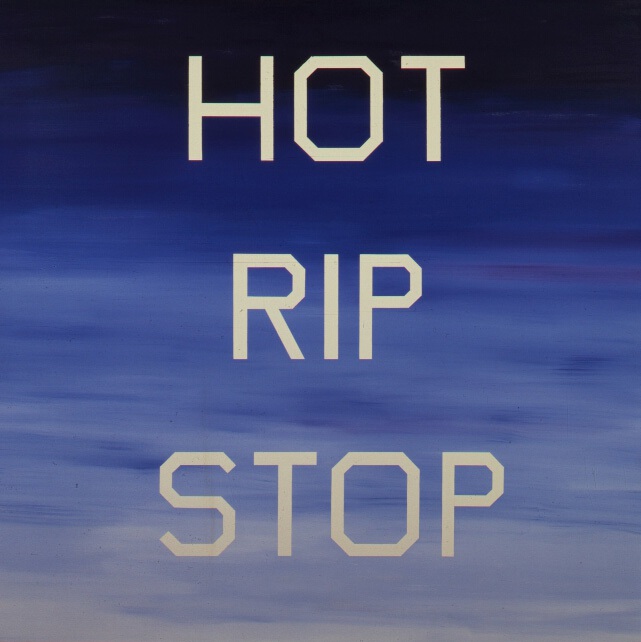ABOUT THE EXHIBITION
California Dreaming: Ed Moses, Billy Al Bengston & Ed Ruscha
NBMAA Second Floor Galleries
In 1950s Los Angeles, a shift occurred in the visual arts that would come to define a uniquely original, and uniquely American, contribution to the painting and sculpture of the past 65 years. During those years, L.A.—the fastest-growing city in America—witnessed an explosion of creativity generated around a small cohort of artists, whose attitudes and artworks reflected the city’s laid back, bohemian Southern California car and surfer culture. This group, which came to be known as "The Cool School," shaped the nascent arts scene and redefined Los Angeles as the center of the West Coast art world.
The catalyst was, in great part, the collaboration of curator Walter Hopps and assemblage artist Ed Kienholz, who established an offbeat gallery in 1957 in L.A. that was called the Ferus Gallery. Ferus attracted a like-minded group of radical individualists who were bent on rejecting the old and embracing the new in art and culture. With hubris and bravado, the Ferus artists confidently created a special vision of what art could and should become, shifting focus away from art historical precedents to vivid representations of popular culture and everyday life.
The personalities and styles that emerged from this creative caldron could not have been more diverse. Southern California artists with roots in the 1950s and 60s, including Ed Kienholz, Wallace Berman, John Altoon, Craig Kaufman, Larry Bell, Robert Irwin, Ken Price, and others, have all come to occupy a special place in the constellation of American contemporary art. But it was three painters—Ed Moses, Billy Al Bengston, and Ed Ruscha—who defined the parameters of what painting could be in this uniquely American scene. California Dreaming presents more than 100 important works from the 1950s to now by these three artists. Together, the works present a galaxy of possibilities in painting: from the gestural abstraction and relentless experimentation of Ed Moses; to the process cool, pop objectification of Billy Al Bengston; and the cerebral and precise word play of Ed Ruscha. The work of Moses, Bengston, and Ruscha defines an epoch in American painting, and this exhibition—the largest ever to be staged at the New Britain Museum of American Art—shines a spotlight on their collective achievement and resounding legacy.
Exhibition Organizers and Sponsors
California Dreaming is organized by the New Britain Museum of American Art. It is made possible by the generous support of John N. Howard, Sylvia Bonney, and the Bailey Family Fund for Special Exhibitions.
We gratefully acknowledge the funding of Anita Arcuni Ferrante and Anthony Ferrante; Brendan and Carol Conry; The Aeroflex Foundation; Pierre and MaryEllen Guertin; and Susan and John Rathgeber. Additional support is provided by Kelly and Jonathan Jarvis.


